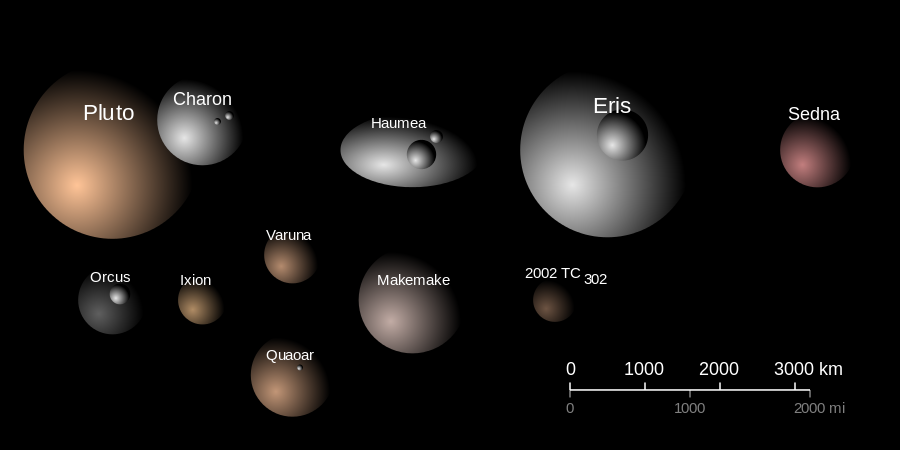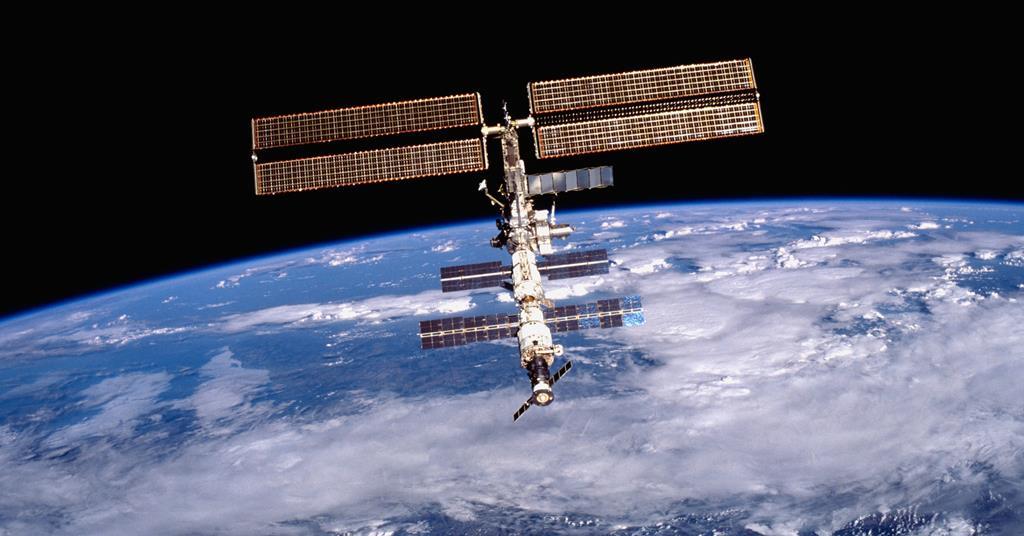Dwarf planets are a category of celestial bodies that share some characteristics with planets but do not meet all the criteria. They are smaller than planets, but larger than other small solar system bodies like asteroids and comets.
Criteria for Dwarf Planets
The International Astronomical Union (IAU) established the following criteria for a celestial body to be classified as a dwarf planet:
- Orbits the Sun: It must orbit the Sun.
- Has Sufficient Mass and Gravity to Achieve a nearly spherical shape: It must have enough mass and gravity to pull itself into a roughly spherical shape.
- Has not cleared the neighborhood around its orbit: It must not have cleared out other objects in its orbital path.
- Is not a moon: It cannot be a moon of another planet.
The Known Dwarf Planets
- Ceres: The largest object in the asteroid belt, Ceres was the first dwarf planet to be discovered.
- Pluto: Once considered a planet, Pluto was reclassified as a dwarf planet in 2006. It is located in the Kuiper Belt, a region of icy bodies beyond Neptune.
- Eris: A distant dwarf planet in the Kuiper Belt, Eris is slightly larger than Pluto.
- Makemake: Another dwarf planet in the Kuiper Belt, Makemake is one of the coldest places in the solar system.
- Haumea: A dwarf planet in the Kuiper Belt with an unusual elongated shape.
The Kuiper Belt and Scattered Disc
Most of the known dwarf planets are located in the Kuiper Belt, a region of icy bodies beyond Neptune. Some dwarf planets are also found in the Scattered Disc, a more distant region of the solar system.
Dwarf planets offer valuable insights into the formation and evolution of the solar system. As astronomers continue to explore the outer solar system, we may discover more dwarf planets in the years to come.



